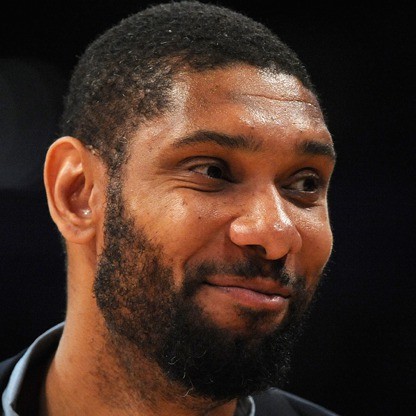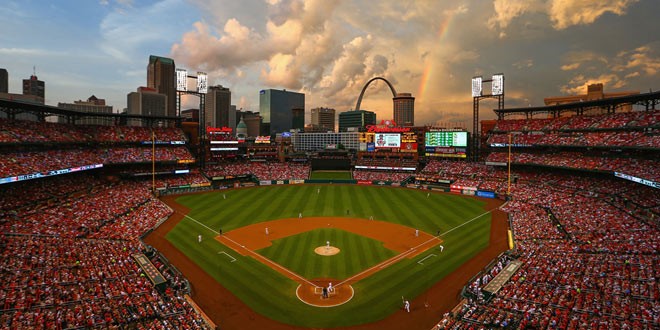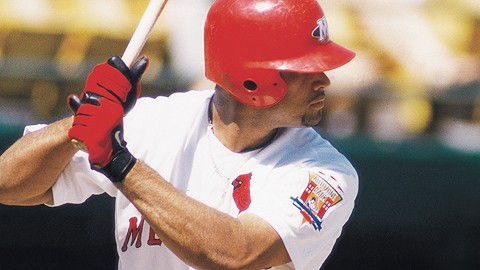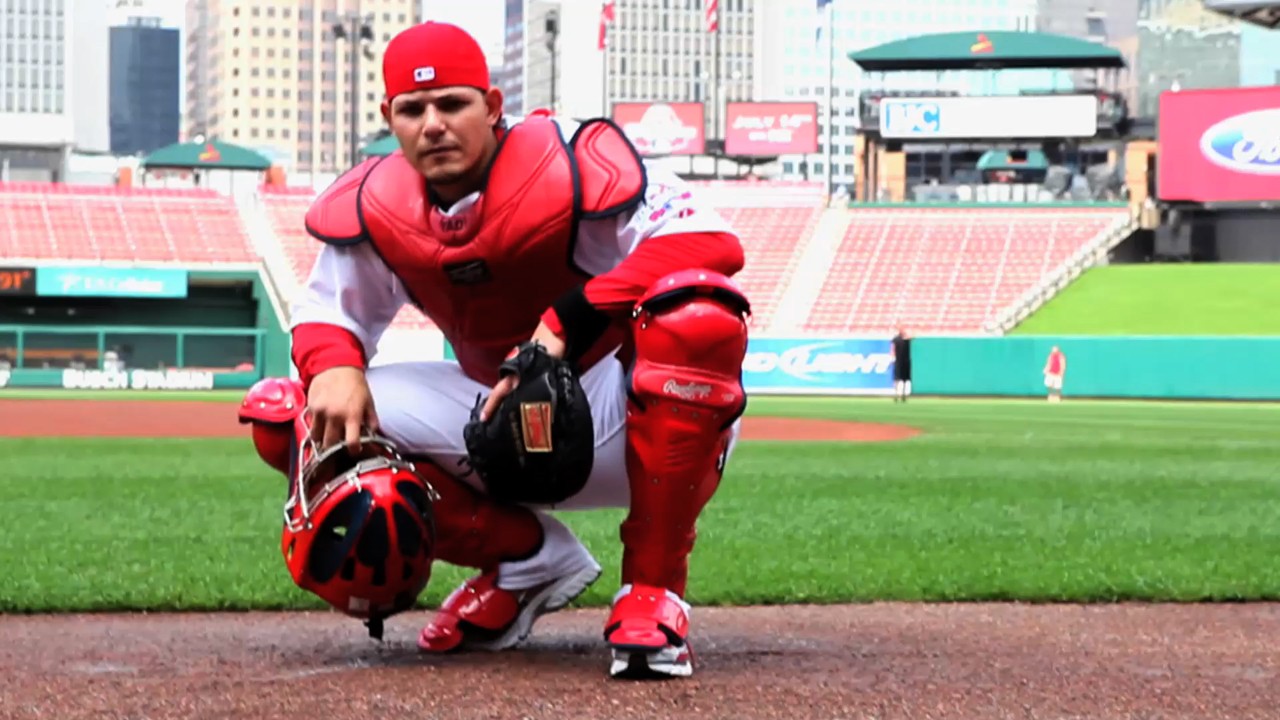My father and I shared an inning of baseball with Yadier Molina. It was the top of the ninth inning, actually, near the end of Game 3 of the 2004 World Series at Busch Stadium in St. Louis. That game — played on October 26, 2004 — began with hope and optimism for Cardinal fans like Dad and myself, even with the Boston Red Sox up two games. The first World Series game in St. Louis in 17 years had luminaries in the stands — Dad’s hero, Stan Musial, threw out the first pitch to another Cardinals legend, Bob Gibson — and boys spending time with their fathers, now both men.
Molina began the 2004 season with the Memphis Redbirds but, after merely 37 games at Triple-A, got his call to the big leagues. He spent the better part of five months backing up Cardinal catcher Mike Matheny. But the 22-year-old Molina entered Game 3 of the Fall Classic as a defensive replacement and would actually start Game 4 for St. Louis. The Cardinals, you surely know, lost both games and were swept by the “destiny” Red Sox, ending an 86-year drought for the American League franchise. Dad and I watched Game 4 from my living room here in Memphis, not far from the Central Gardens neighborhood where Dad grew up. It wasn’t a happy night, but we’d made it to the World Series(!) together, and surely the Cardinals would get ’em next year.
My dad, alas, was gone before the 2005 World Series. He died suddenly and at an age (63) I see as younger with every passing year. The Cardinals won the World Series in 2006 (and again in 2011). Dad was with me for those championships, but not in the way I’d prefer, either at Busch Stadium or in my living room. I’m left to celebrate our favorite team for Dad as opposed to with him. His granddaughters have played a considerable role in this endeavor.
But one player — only one — has been with us (“us” being the Cardinals) ever since Game 3 of the 2004 World Series: Yadier Molina. For more than 2,000 games now — and the most playoff games of any man in National League history — there’s been a single player who my dad would find familiar were he able to visit for a single ballgame. This is the singular bond I’ve shared with Yadier Molina since my dad died almost 17 years ago. And it’s why I’m having some emotional difficulty facing Molina’s retirement when this Cardinals season — his 19th with the franchise — comes to an end.
The emotions aren’t all sad. There’s far more to celebrate about Yadier Molina’s career with the Cardinals — he’s played for only one team with a losing record — than regret. The ratio is absurd. He has been a distinctive character on top of his talents as a nine-time Gold Glove winner and owner of more than 2,000 hits. My daughter Sofia says he’s the only athlete she knows who has a smile that melts you like a teddy bear along with a glare that could drop a professional wrestler to his knees. Would you rather hug Yadi or join him for an alley fight?
I met Molina briefly before a Cardinals exhibition game at AutoZone Park in 2015. He hit a home run during another exhibition game two years later, on my mother-in-law’s birthday, with my mother-in-law in the stands. Those were not easy planets to align in late March. But it’s a Yadi Moment my father would appreciate.
In the near future, a statue of Yadier Molina will be unveiled outside Busch Stadium, not far from the statue of Rogers Hornsby that Dad and I saw unveiled in 2000. I’ll pose for pictures in front of Yadi’s replica, and always with a smile. I’ll pose with my wife. I’ll pose with my daughters (one now a student at Saint Louis University). And I’ll pose in front of that statue with my dad. He and Yadi know each other well.
Frank Murtaugh is the managing editor of Memphis magazine. He writes “From My Seat” and “Tiger Blue” for the Flyer.

 Taka Yanagimoto / St. Louis Cardinals
Taka Yanagimoto / St. Louis Cardinals 



